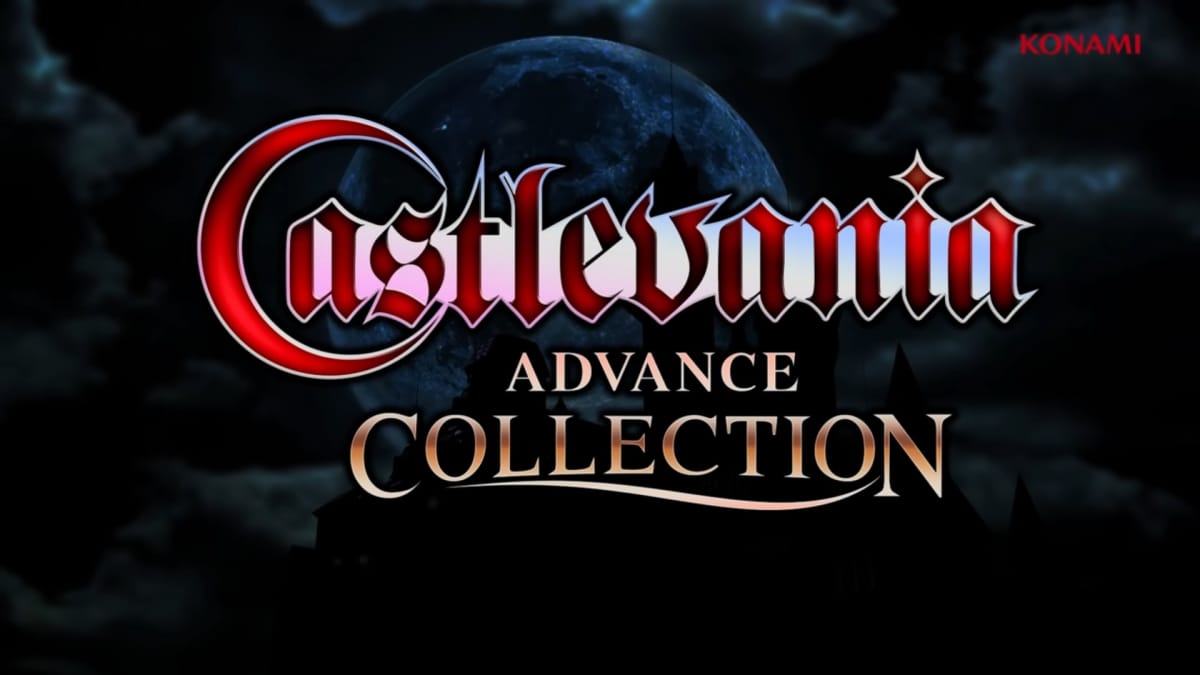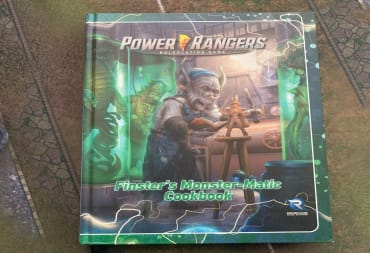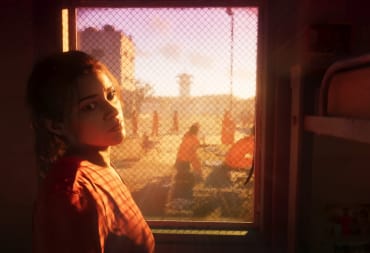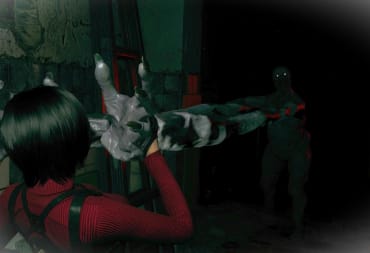During September 2021's Nintendo Direct, derided publisher Konami released the Castlevania Advance Collection. Overall, the collection is a fantastic showcase of developer M2 bringing older, beloved entries from this venerable franchise to a new audience. Much appreciated quality-of-life features have been added, including suspend points and a “rewind” feature, allowing players of all skill levels to enjoy some of the toughest Castlevania titles ever without wasting too much time figuring out attack patterns or grinding up stats.
But even in a franchise like Castlevania, not all entries are created equal. For every entry that is hailed as the gold standard of vampire killing, there are those that make people cry bloody tears. Bear in mind with this list, the criteria will mostly be contemporary. As important and influential as most of these titles are, we'll be focusing on how well they play and feel now. So without further ado, let's whip some candles and stock up on wall chicken with the entries on our list.
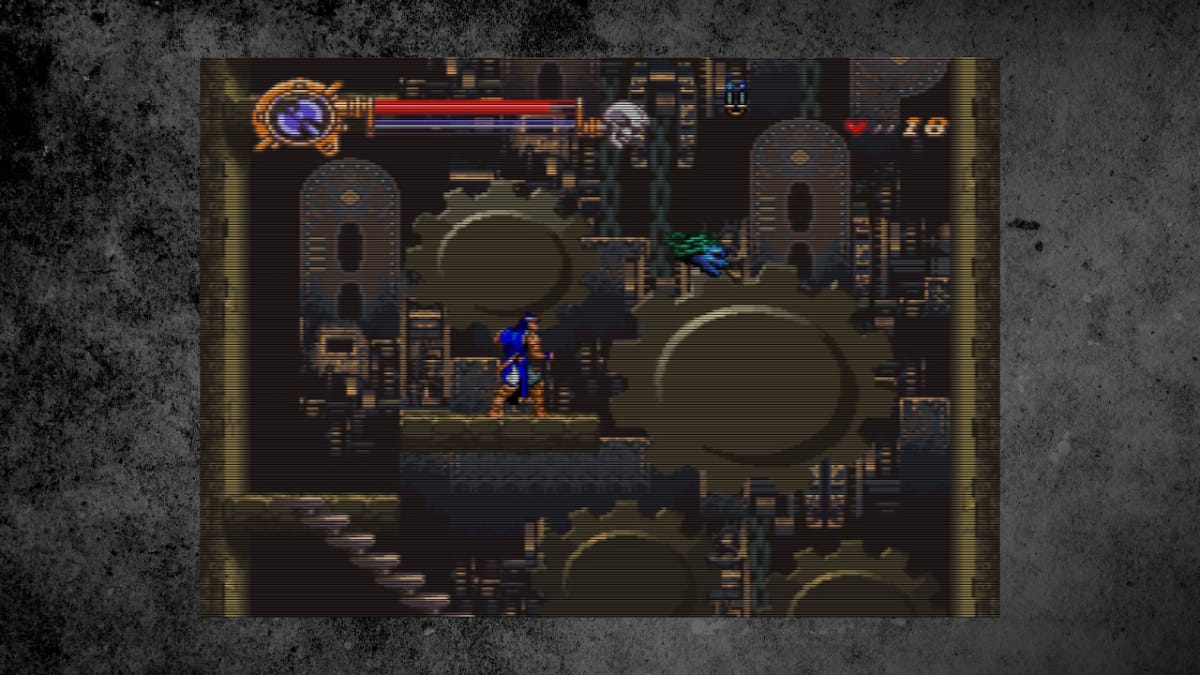
4. Castlevania: Dracula X
At the risk of aggravating various Castlevania historians out there, the lowest entry on this list is the fascinating curiosity known as Castlevania: Dracula X. For those not aware, Dracula X released in 1995. It was a scaled down port of another Castlevania game, Rondo of Blood, which originally released in 1993 for the Japanese exclusive PC Super CD-ROM Machine. It was the only title that released on this system and boasted some really impressive hardware at the time. But as reliable as it was, Nintendo's SNES just didn't have the same kind of horsepower, so the development team scaled back a lot of the game's visual features and gameplay elements like multiple playable characters, animated cutscenes, and a level select feature.
Divorced from this kind of game design trivia, Dracula X is a straightforward classic sidescrolling Castlevania adventure. There are seven stages in total, each one ends with a boss battle, and it includes the familiar trial and error pixel perfect platforming and enemy encounters the franchise is known for.
So why is it on the bottom of this list? Well, in an attempt to get as much of Rondo of Blood as they could while working within the hardware limitations of the SNES, Dracula X feels somehow less ambitious in game design and weaker in overall game feel. While certain subweapons feel more powerful than ever, the multidaggers especially, movement and jumping feels stiff. There are things to like in this entry, but compared to the speed and imagination shown off in Super Castlevania 4 on the exact same system, it is a step down.
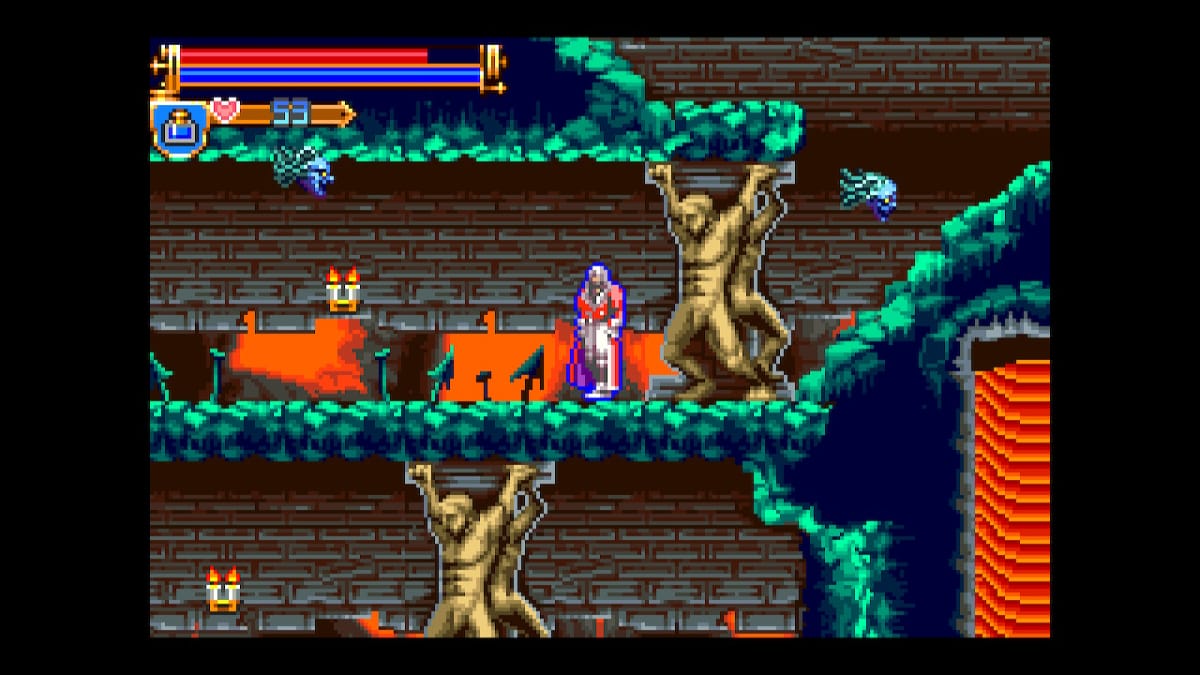
3. Castlevania: Harmony of Dissonance
Moving now into the golden age of handheld Castlevania titles we have Harmony of Dissonance. Overall, there's nothing inherently bad or wrong with this game. It adheres to the Metroidvania formula that Symphony of the Night helped bring to the gaming landscape. At its core, it is still a story about Juste Belmont going to Dracula's Castle to kill the king of vampires.
But what puts it so low on this list is the nagging sense of hollow imitation. Everything from Juste's character portrait and movement animation is a dead ringer for Symphony's protagonist, Alucard, all the way down to his moonwalking backwards dash. Furthermore, the subweapons and magic system don't have the same creative spark as other entries do.
Finally, the map design and difficulty curve are far too basic for Castlevania's pedigree. While the sprite artwork is very impressive, leading to some really impressive environments and enemy designs, they go down way too quickly. When you can casually slice through giant bone spiders that would be a nail-biting boss battle in other installments, something has gone wrong. Furthermore, the castle is severely lacking in secret rooms and fast travel spots. No matter how pretty the rooms look, drudging back through them multiple times to finally reach a new area is going to be boring no matter what.
During its initial release, Harmony of Dissonance was a reliably fun and breezy handheld Castlevania experience, but in comparison to its contemporaries, it's inoffensive but forgettable.
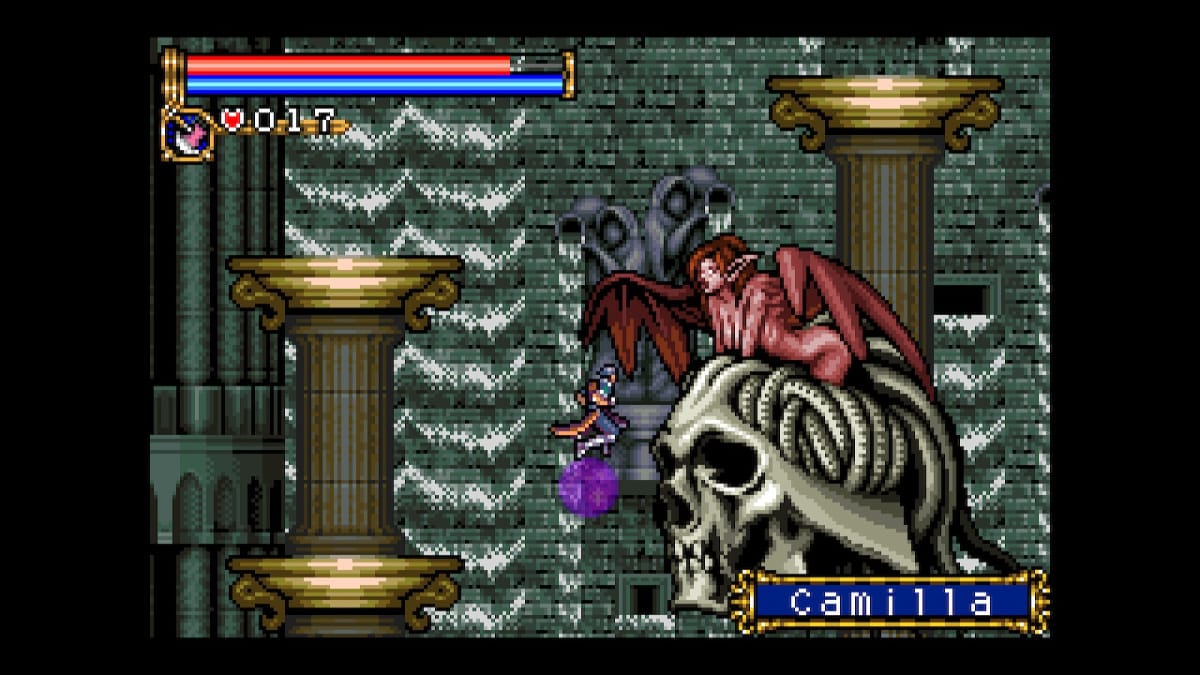
2. Castlevania: Circle of the Moon
Coming up at second best on the Castlevania Advance Collection list we have Circle of the Moon. In many ways, this feels like Koji Igarashi actually iterating on some of the design ideas he helped codify with Metroidvania level design.
Visually speaking, this might be the weakest entry on the list. While animation is expressive and responsive on protagonist Nathan Graves with some strong audiovisual feedback with enemy attack and wind-up animations, visually speaking they don't stick in the mind as well as other entries on this list.
Thankfully, Circle of the Moon makes up for this with a very robust magic card system and a monster of a castle to explore. The Dual Set System is a bit odd at first, but it helps add a lot of variety to Nathan's repertoire. You pick two cards in the DSS menu, then hit the right shoulder button to activate it, the combination of which gives Nathan a different magical ability. It allows him not just to add elemental effects to his whip like fire or ice, but gain buffs and support abilities on top of that. Furthermore, it encourages experimentation since only certain cards are dropped by certain enemies.
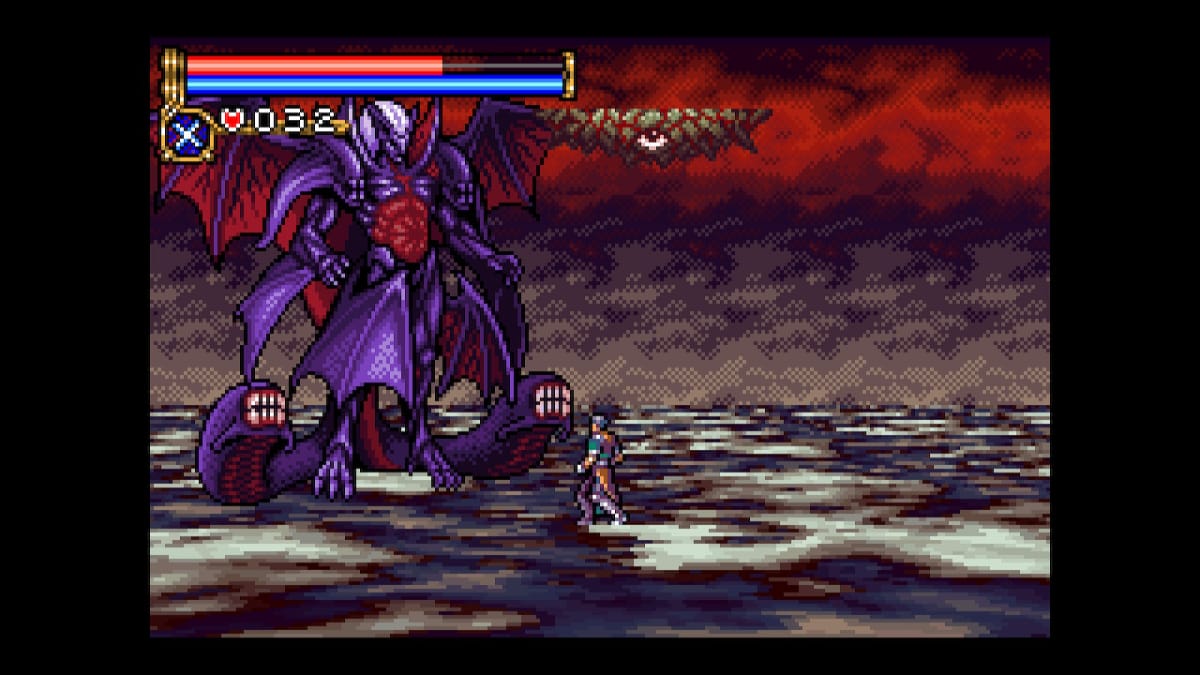
As for how rewarding it is to search through Circle of the Moon's take on Dracula's Castle, it is packed with interesting ideas. It manages to keep just enough of the map explorable until you grab the next upgrade, and each section of the castle looks and feels distinct, making it easier to mentally bookmark areas of interest.
So what keeps Circle of the Moon from taking the number one spot? Two words: difficulty curve. Castlevania games are notoriously difficult already, but there are some enemy configurations here that just feel completely unfair. Not helping this is a weird quirk of how the game is designed where if you move away from an enemy just as they're winding up an attack then come back, the attack will immediately go off. It teeters just on the edge of being “tough but fair” and “intentionally infuriating” all the way to the final battle. Thankfully, the Castlevania Advance Collection has plenty of tools and options to mitigate this, so it isn't as big of a dealbreaker in 2021, hence it's placement here.
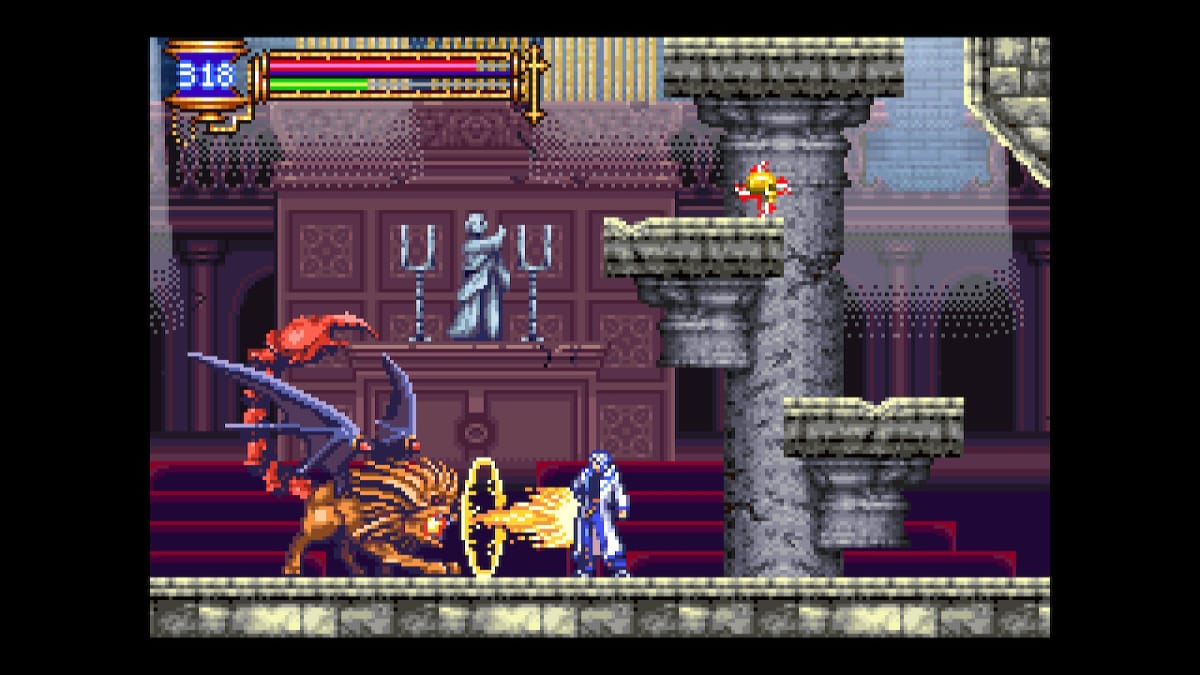
1. Castlevania: Aria of Sorrow
Hardcore Castlevania fans put down your stakes and silver swords because the top game of the collection is the beloved Castlevania: Aria of Sorrow. In many ways it feels like the perfect synthesis of the last two entries on this list. Character sprites are that perfect mix of expressive, responsive, and visually distinct. The action RPG difficulty curve hits a perfect middle where getting into a zen-like state of flow feels natural. Boss battles are rewarding while still throwing just enough curveballs to keep you paying attention, the list goes on.
But the biggest draw by far is Aria of Sorrow's soul-collecting system. Much like Circle of the Moon's DSS system, killing certain enemies gives you different abilities. Except, in Aria of Sorrow's case, it lets you flat out steal powers and abilities from the enemies you've fought. If you're wondering where Bloodstained: Ritual of the Night's Shard system came from, it started here. Furthermore, it's how protagonist Soma Cruz gets new abilities to help him explore Dracula's castle.
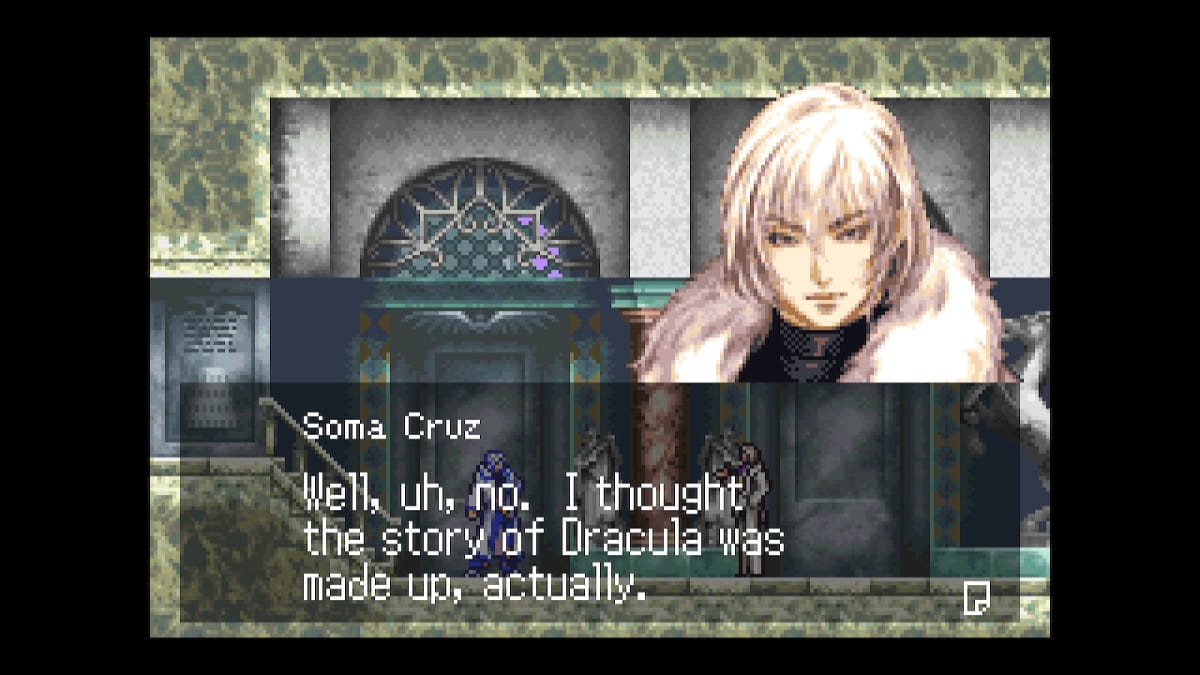
If there is a problem with this installment, it is the first installment that feels very divorced from Castlevania's narrative and aesthetic trappings. It's set in 2035 and in Japan, plus Soma Cruz is explicitly not tied to the Belmont family of vampire killers. If it weren't for some plot revelations and the presence of Dracula's Castle, Aria of Sorrow could very well have been its own IP.
But thanks to a really novel magic system along with some fantastic presentation and polish, Castlevania: Aria of Sorrow is hands down the best installment on the Game Boy Advance and the crown jewel of the Castlevania Advance Collection.
Which title in the Castlevania Advance Collection is your favorite? Let us know in the comments below.
Have a tip, or want to point out something we missed? Leave a Comment or e-mail us at tips@techraptor.net
